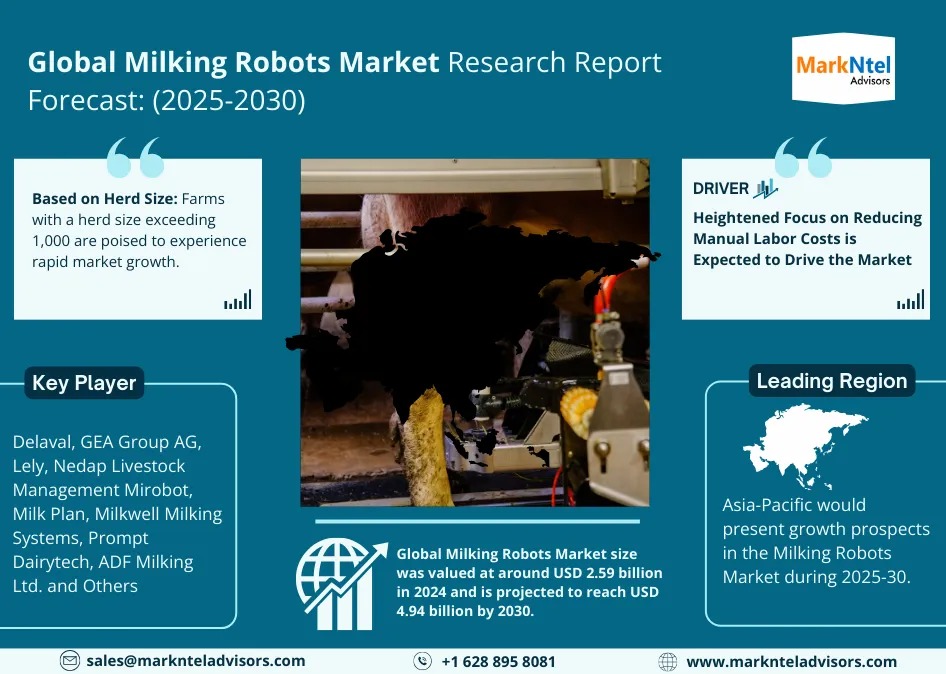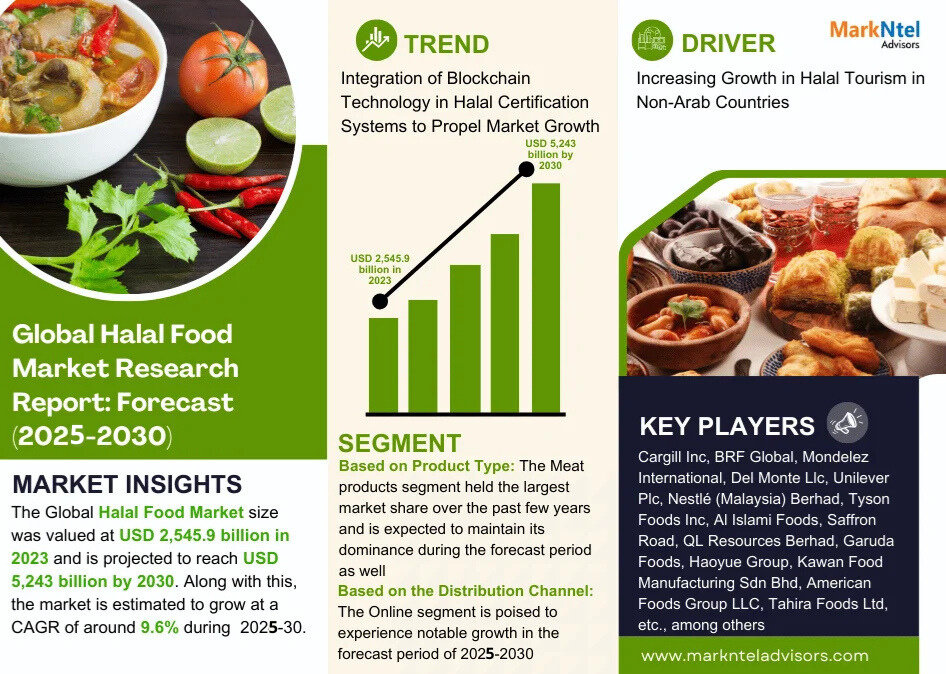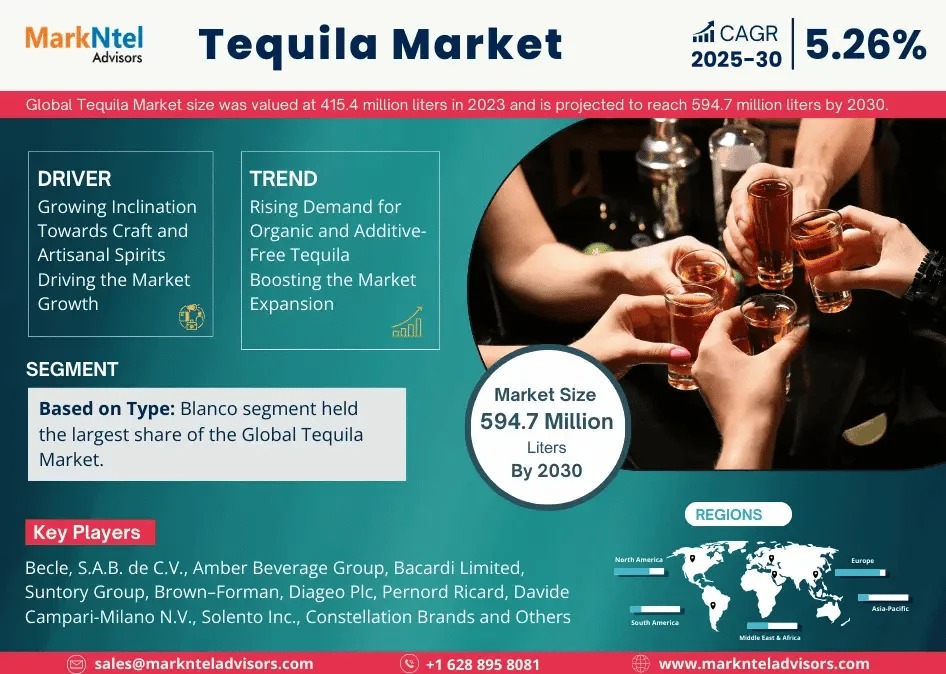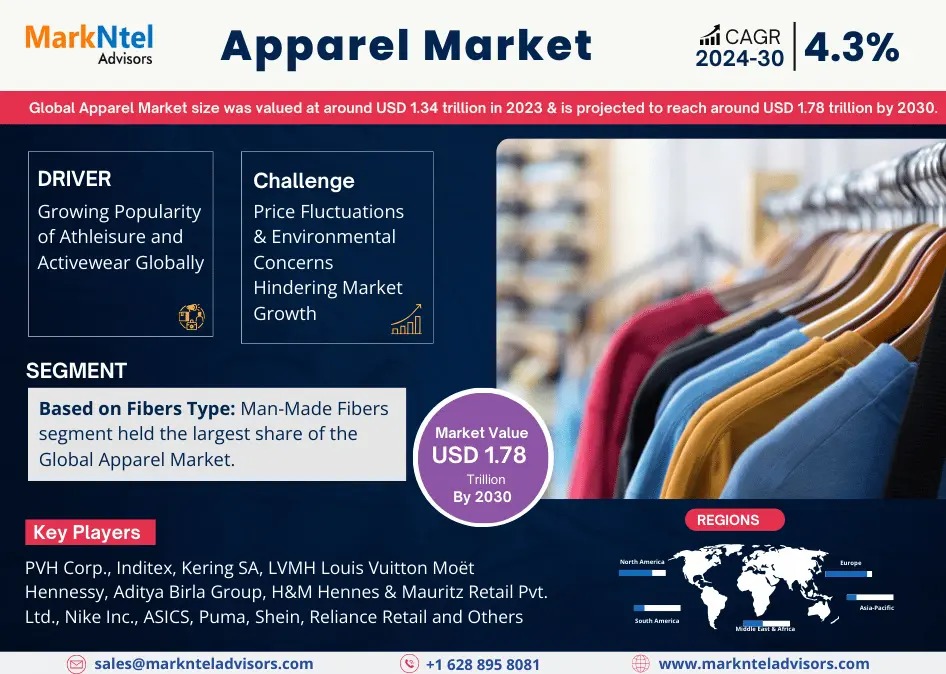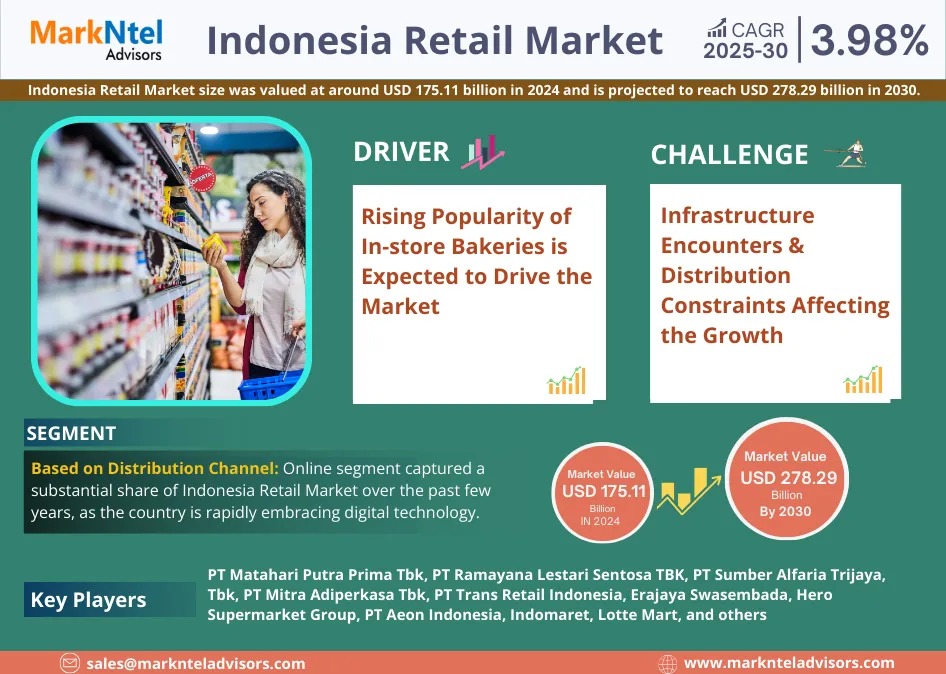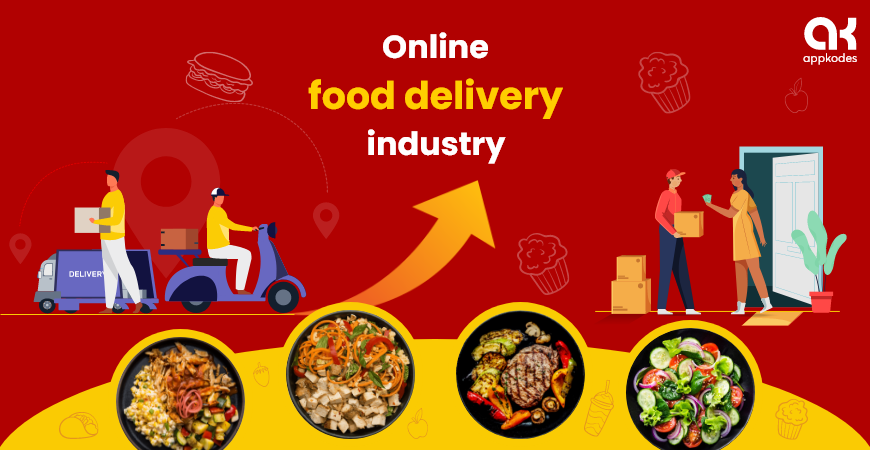
The food delivery industry has exploded in recent years, becoming a digital battleground for restaurants, startups, and on-demand service providers. In this fast-paced space, the tools and technologies you choose to build your platform can make or break your success.
One of the most game-changing trends we’re seeing is cross-platform development—a method of building mobile apps that run seamlessly on both Android and iOS from a single codebase. For anyone working with a food delivery app development company or planning to launch their own platform, this approach is rewriting the rules.
Let’s dive into why cross-platform development is not just a tech trend, but a strategic advantage—and how companies like Appkodes are helping entrepreneurs stay ahead of the curve.
1. Faster Time to Market
Why speed matters: In food delivery, being “first” in your region or niche often means the difference between market dominance and playing catch-up.
Traditional development methods mean building two separate apps—one for Android, one for iOS—which doubles development timelines.
With cross-platform frameworks like Flutter and React Native:
-
One codebase serves both platforms
-
QA testing is faster
-
New features roll out simultaneously on iOS and Android
At Appkodes, we’ve helped clients cut launch times by nearly 40% using cross-platform tools—letting them hit the market before competitors even leave the planning phase.
2. Cost-Efficiency Without Compromising Quality
The financial advantage: When you’re building two apps, you’re paying for two projects—two dev teams, two QA cycles, two deployments.
Cross-platform development allows:
-
A single team to manage the full project
-
Shared UI and business logic
-
Faster maintenance and bug resolution across platforms
That’s real savings—without cutting corners on quality. And for startups watching every dollar, that efficiency is often what makes launching possible.
My perspective: You don’t have to sacrifice user experience to stay within budget. A smart dev stack saves money and delivers consistency.
3. Seamless User Experience Across Devices
The challenge: Users expect a consistent experience—whether they’re using an iPhone, an Android tablet, or switching between devices.
Cross-platform development brings unified UX/UI, ensuring:
-
Consistent branding and navigation across operating systems
-
Uniform behavior, animations, and screen transitions
-
A better learning curve for users and delivery agents
Appkodes uses design systems that scale across screen sizes and OS versions—making your app feel polished, familiar, and easy to use, regardless of platform.
4. Easier Feature Expansion and Updates
In the food delivery business, things move fast. You need to roll out new features—like subscription models, loyalty points, or third-party integrations—without getting bogged down in redundant coding.
Cross-platform = efficient scaling:
-
Add once, deploy twice
-
Faster A/B testing across all devices
-
Immediate user feedback and iteration
At Appkodes, we use modular builds and clean code practices to keep your food delivery app flexible. Whether you’re integrating a new payment gateway or launching a vendor dashboard, it’s smoother and faster when you’re not reinventing the wheel on both platforms.
5. Lower Maintenance Burden
Bugs happen. OS updates break things. APIs evolve. Maintaining two separate codebases doubles the cost and time of fixing issues.
Cross-platform apps simplify this with:
-
Unified bug tracking and patching
-
Simultaneous updates for Android and iOS
-
Lower QA testing overhead
As your user base grows, this efficiency becomes crucial—especially when operating at scale. Our clients often tell us the time saved on maintenance lets them focus more on strategy and less on firefighting.
6. Perfect for MVPs—and Beyond
Cross-platform tools are ideal for Minimum Viable Products (MVPs), letting you test ideas without massive upfront investment.
But the best part? Unlike outdated MVP tools, today’s cross-platform frameworks are production-ready.
That means:
-
You can go live with your MVP
-
Then scale it up into a full-fledged platform
-
Without needing to rebuild from scratch
Appkodes helps startups move from MVP to market leader using this exact model. You validate your product early—then build confidently on a future-ready foundation.
7. Built-in Support for Modern Features
Cross-platform frameworks today support advanced features that were once considered “native-only.”
That includes:
-
Real-time GPS tracking for delivery agents
-
Push notifications across platforms
-
Smooth integration with maps, chat, and payment APIs
-
Access to phone camera, location services, etc.
At Appkodes, we’ve built fully functional food delivery apps with rich features—like live order tracking, geo-fencing, and multi-vendor logic—all using cross-platform stacks.
My advice: Don’t buy into the myth that only native apps can be powerful. The tech has evolved—and it’s ready for prime time.
8. Scalable Architecture for Long-Term Growth
Cross-platform development isn’t just for speed—it’s also about building smart.
Appkodes uses modular, scalable architecture that lets you:
-
Add new vendors or cities without code refactoring
-
Plug in new monetization models like subscriptions or ads
-
Integrate with back-office tools like CRMs, ERPs, or POS systems
This is where using a Rental Script or pre-built food delivery framework (like what Appkodes offers) adds even more value. You start with a proven, customizable foundation—and scale confidently.
Final Thoughts: Cross-Platform is the Future of Food Delivery App Development
Food delivery is no longer just about connecting restaurants to customers. It’s about speed, data, convenience, and flexibility. And in that landscape, cross-platform development is not just an option—it’s a competitive edge.
It gets your product to market faster. It saves you money. It delivers a seamless user experience. It simplifies your tech maintenance. And it future-proofs your business model.
At Appkodes, we don’t just follow this trend—we empower our clients to lead with it. We help you build food delivery apps that are smart, scalable, and ready for growth—regardless of platform or region.
If you’re building your food delivery business for the long haul, don’t settle for outdated dev strategies. Embrace cross-platform development—and build something truly sustainable.
